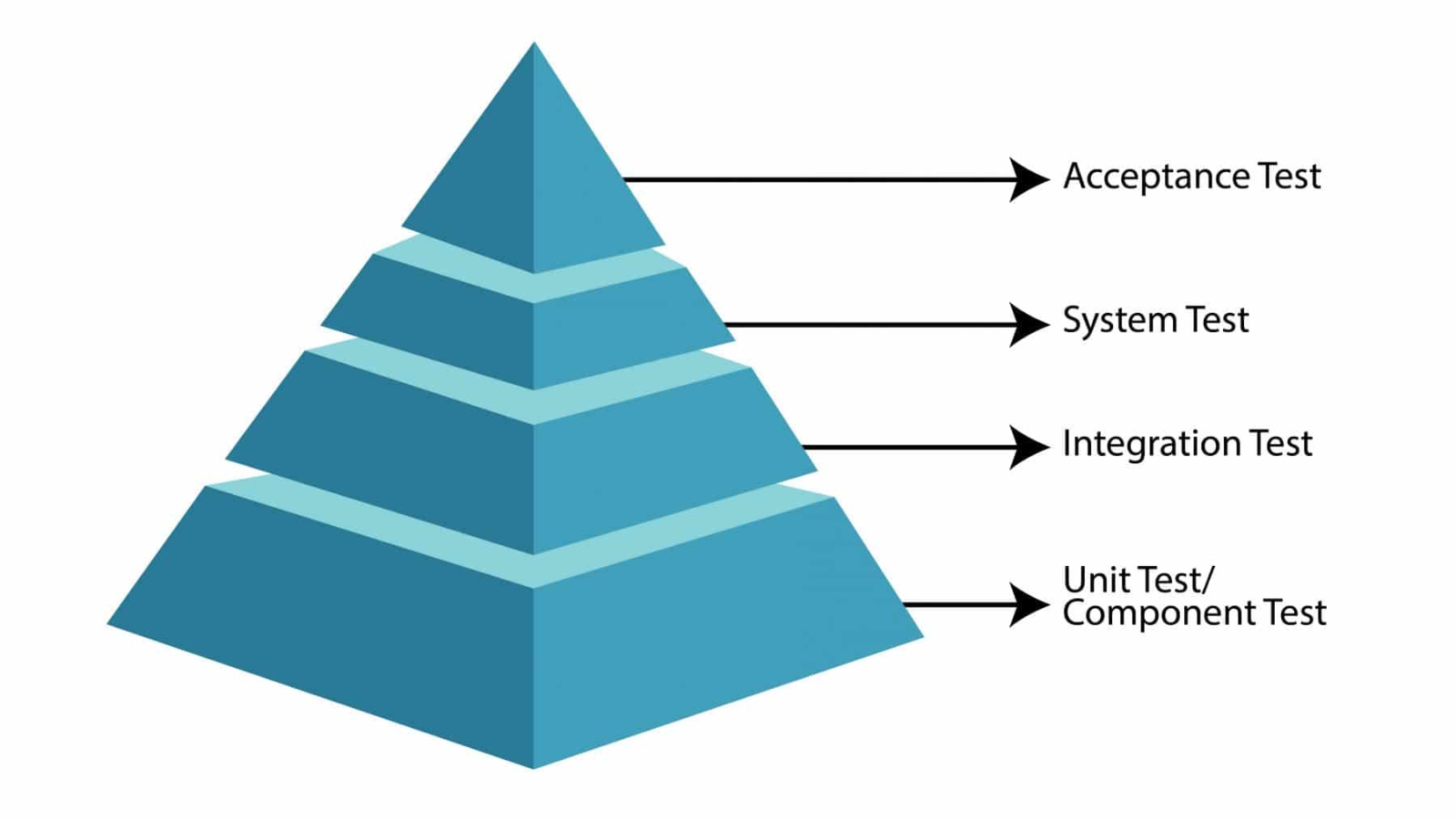In the intricate world of software development, testing plays a pivotal role in ensuring the reliability, functionality, and quality of the end product. Testing isn’t just about finding bugs; it’s a structured process that involves various levels, each with its own unique focus and objectives. However, what truly distinguishes these levels is the mindset of the testers involved. Let’s embark on a journey through the levels of testing, exploring the mindset required at each stage.
Unit Testing: The Foundation
At the foundation of the testing pyramid lies unit testing. Here, developers meticulously examine individual components or units of code in isolation. The primary objective is to validate that each unit functions as intended. In this realm, the mindset revolves around attention to detail and precision. Testers must possess a deep understanding of the codebase and its intricacies to craft comprehensive test cases.
Furthermore, the mindset of a unit tester involves a proactive stance towards preventing defects at the earliest stage of development. Rather than merely seeking out bugs, unit testers strive to uphold coding standards, promote reusability, and facilitate easier debugging. They embrace the role of gatekeepers, ensuring that each brick in the software edifice is solid and reliable.
Integration Testing: Bridging the Gaps
As the software evolves, individual units converge and interconnect, giving rise to the need for integration testing. At this level, the focus shifts towards verifying the interactions between various modules or subsystems. Testers adopt a holistic perspective, aiming to uncover issues stemming from the integration points.
The mindset of an integration tester is characterized by adaptability and collaboration. They understand that software systems are complex ecosystems where dependencies abound. Thus, they must navigate through this complexity with agility, identifying potential bottlenecks, data inconsistencies, or communication failures. Moreover, integration testers foster collaboration between development teams, ensuring seamless cohesion across the software landscape.
System Testing: Evaluating End-to-End Functionality
System testing represents the culmination of individual components into a coherent whole. Testers evaluate the software as a complete entity, examining its behavior against specified requirements and user expectations. Here, the mindset transcends technical proficiency to encompass user-centric perspectives and business objectives.
The mindset of a system tester is rooted in empathy and user advocacy. They strive to simulate real-world scenarios, anticipating how end-users will interact with the software across diverse environments. Their goal is to uncover usability issues, performance bottlenecks, and inconsistencies in functionality. By empathizing with end-users, system testers ensure that the software not only meets technical benchmarks but also delivers a seamless and intuitive experience.
Acceptance Testing: Validating Stakeholder Expectations
At the apex of the testing pyramid lies acceptance testing, where the software faces scrutiny against predefined acceptance criteria. Unlike other levels, acceptance testing is driven by stakeholders, including customers, business analysts, and product owners. Testers serve as mediators, facilitating a dialogue between development teams and stakeholders to ensure alignment with business objectives.
The mindset of an acceptance tester is characterized by diplomacy and negotiation skills. They act as ambassadors of the end-user, advocating for their needs while balancing technical constraints and business priorities. Moreover, acceptance testers embrace ambiguity, recognizing that requirements may evolve throughout the testing process. Their role is not merely to validate functionality but to cultivate trust and confidence in the software’s ability to fulfill stakeholders’ expectations.
End-note
Navigating the levels of testing requires more than technical proficiency; it demands a multifaceted mindset that adapts to the evolving landscape of software development. From meticulous attention to detail in unit testing to empathetic user advocacy in acceptance testing, testers play a crucial role in safeguarding the quality and integrity of the software. By understanding the unique mindset required at each level, teams can forge a path towards delivering software that not only meets technical benchmarks but also exceeds user expectations.


Add a Comment